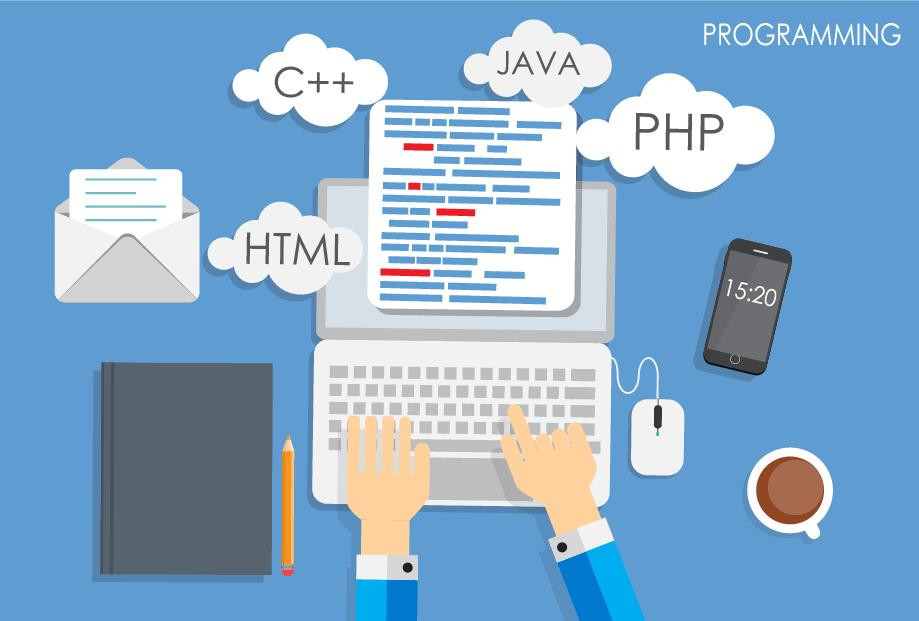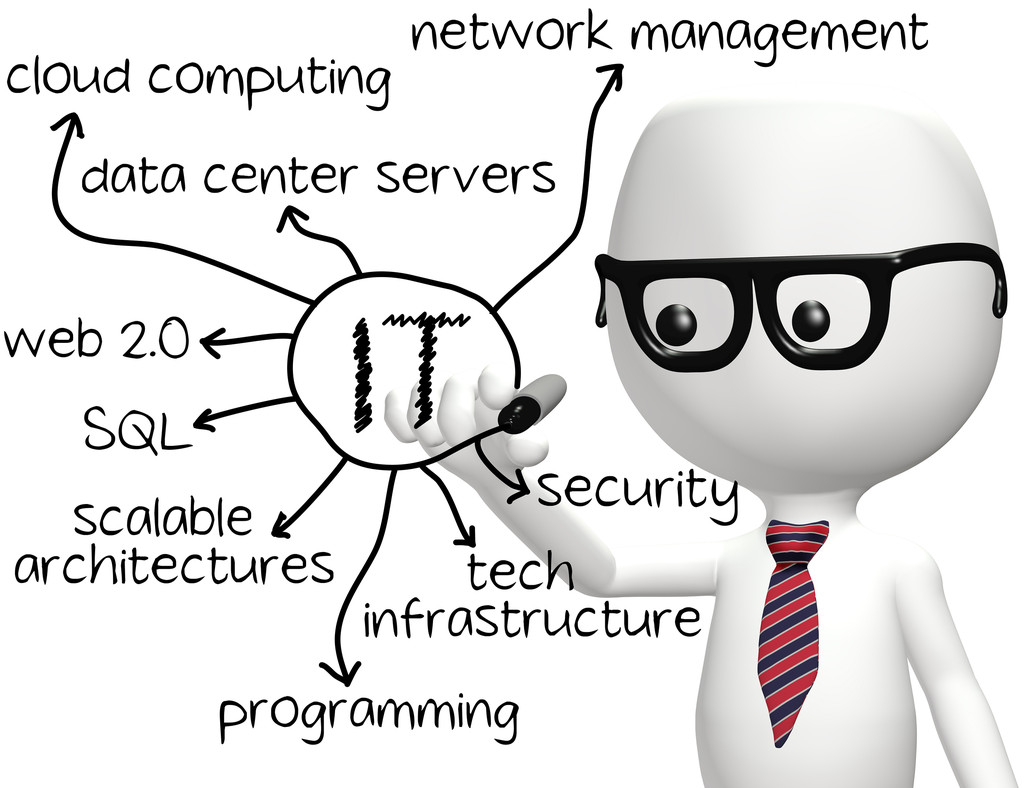The phrase IT professional covers a wide range of jobs. Programmers and software developers, business intelligence, website design, product management, database warehousing, digital marketers, the list goes on. These jobs are categorized under IT resume because of the high level of technical knowledge and specific skills required to perform such roles.
IT Resume writing services
IT resume writing largely varies from standard resume writing, requiring more complex terminology, while also needing to make sense to HR staff, and also impress technically minded IT managers. Though there are basic resume writing principles that apply to both, an IT/computing resume is best approached by a specialist. If you’re trying to find out how to write an IT resume, continue reading below – we outline some essential rules and best practices to help you create a powerful IT resume.
If you are looking for a IT resume writing service, be sure to give us a call and speak to a resume expert. We have specialist resume writers that provide both IT resume writing and social network profile services. Our writers are highly experienced in writing IT resumes and know how to craft a well worded, high impact document that targets the jobs you want. We understand the technical jargon and methodologies involved in IT jobs, and know how to translate this into tangible business value. Our IT resume writing service starts from only $99.95 and come with a money back satisfaction guarantee.
IT Resume writing tips
When writing an IT resume, you need to consider the fact your resume must impress both human resources professionals, and also senior IT managers.
IT resume writing largely varies from more conventional resume writing because of the degree of technical detail that is sometimes required. When writing an IT resume, you need to consider the fact your resume must impress both human resources professionals, and also senior IT managers. To help achieve this, you need to clearly lay out your experience and technical skills in a way that can be easily interpreted, while also including specific skills, and more importantly, methodologies and processes that helped you reach the aforementioned achievements.
Beginning your resume with a professional profile is a great way to engage HRs and impress anyone involved in your job search. A professional profile is a 3-5 sentence, high impact introductory paragraph. The goal is to summarize your top 3 key selling points, tie in some major accomplishments and outline your career objective. It’s pretty much your 30 second elevator pitch, in written form. Remember, this should be written using relatively simple terminology, with the strategic inclusion of any key words referring to technical software, programming languages, etc. If you load this with overly complex technical jargon, you’ll struggle to have an immediate impact on the reader – likely an HR.
When writing the body of your resume you should address any resume concerns you have using traditional resume methodologies. For example, if you have work history gaps then use a functional resume format, and implement other techniques. One good way to overcome any career issues is to include testimonials in your resume. For example, if you are worried about missing college education, you could include a testimonial from a previous client or employer that complements your level of knowledge and expertise. Again, if you are concerned about work history gaps, try to include a testimonial that indicates your knowledge and skills are up-to-date. This obviously requires having testimonials, but you can use LinkedIn’s recommendations function and reach out to connections. You’ll be able to find useful articles explaining how to overcome many common resume concerns, on our career blog.
IT RESUME WRITERS GOAL
As you begin to develop the main content of your resume, you’ll begin to expound on your professional experience. This is where you need to do 3 key things:
- What you did
- What you accomplished
- How you accomplished this
The body of the resume should contain your work history. If you’re in consultancy, you want to select key projects over the last 10 years that showcase your range of skills, and highlight your major accomplishments. Anyone with a regular working contract, you need to list your work history from the last 10-15 years, in reverse chronological order.
Include a Company Summary
Introduce the company you worked for and include a summary of the position you worked. This helps give the reader perspective and really understand the scope of your responsibilities. This could include:
- Size of company (headcount)
- Primary product/service
- Who their audience was
After a brief company summary (which can ideally be conveyed in one single well worded bullet point) you should introduce your role, what you achieved, technology involved, etc. This is when you can go into more detail, summarizing the specific processes and techniques involved, citing software and programming languages. Make sure the emphasis is placed on achievements still.
Get your resume written by a certified writer today! Specialist IT resume writing services available: call 1866-706-0973 or view Plans & Pricing
Translate accomplishments into business value
Probably the hardest thing to achieve with your resume is connecting your technical expertise with business value. This means translating any achievements into business language – what was the outcome of the projects you were involved in? How did they positively affect the business? For a webpage designer, an easy example is highlighting the increase in conversion related to your work re-designing a homepage. For programmers, did you develop any software that then streamlined business efficiency? Try to identify the long and short term goals of any companies you worked for, consider how you helped the company achieve this, and reference tangible accomplishments, like revenue or sales increases using dollar amounts.
Include a key skills section
To help increase the effectiveness of your resume you should include a section titled key skills or core competencies. This will showcase buzz words, industry jargon, and specific skills that are relevant to the job you want. If you’re looking for a development job and you know the company uses specific programming languages, include these in the key skills section. List operating systems, hardware, software, etc. and anything you think can catch the eye of an HR looking for specific skills/knowledge.
- Avoid including old/outdated programs like CP/M, DOS, Windows 3.1, WordStar, WordPerfect 5.1. unless they are specifically required.
- Certifications and licenses can also be highly relevant; in such a case you can create a distinct section within your resume detailing these.
What not to include
We see a lot of resumes that often include irrelevant information. You are looking to write a targeted resume that works as a marketing tool to earn you interviews – there is no obligation to include any specific details; you especially do not need to include personal career facts such as: age, race, sex, marital status, previous job pay/compensation package, reasons for leaving, hobbies, interests, etc.
Generally speaking, the most challenging aspect of IT resume writing is ensuring you can speak to both technical IT managers, and also recruiters and hiring staff. Crafting a compelling, well worded resume using powerful verbiage is key – you need to tell a story, not just list out industry jargon and relevant software. IT resume writing services are available, you can contact Resume Writer Direct if you wish to discuss your needs. Alternatively, if you’ve written your own resume and would like feedback from a professional resume writer, check out our free resume critique service.


